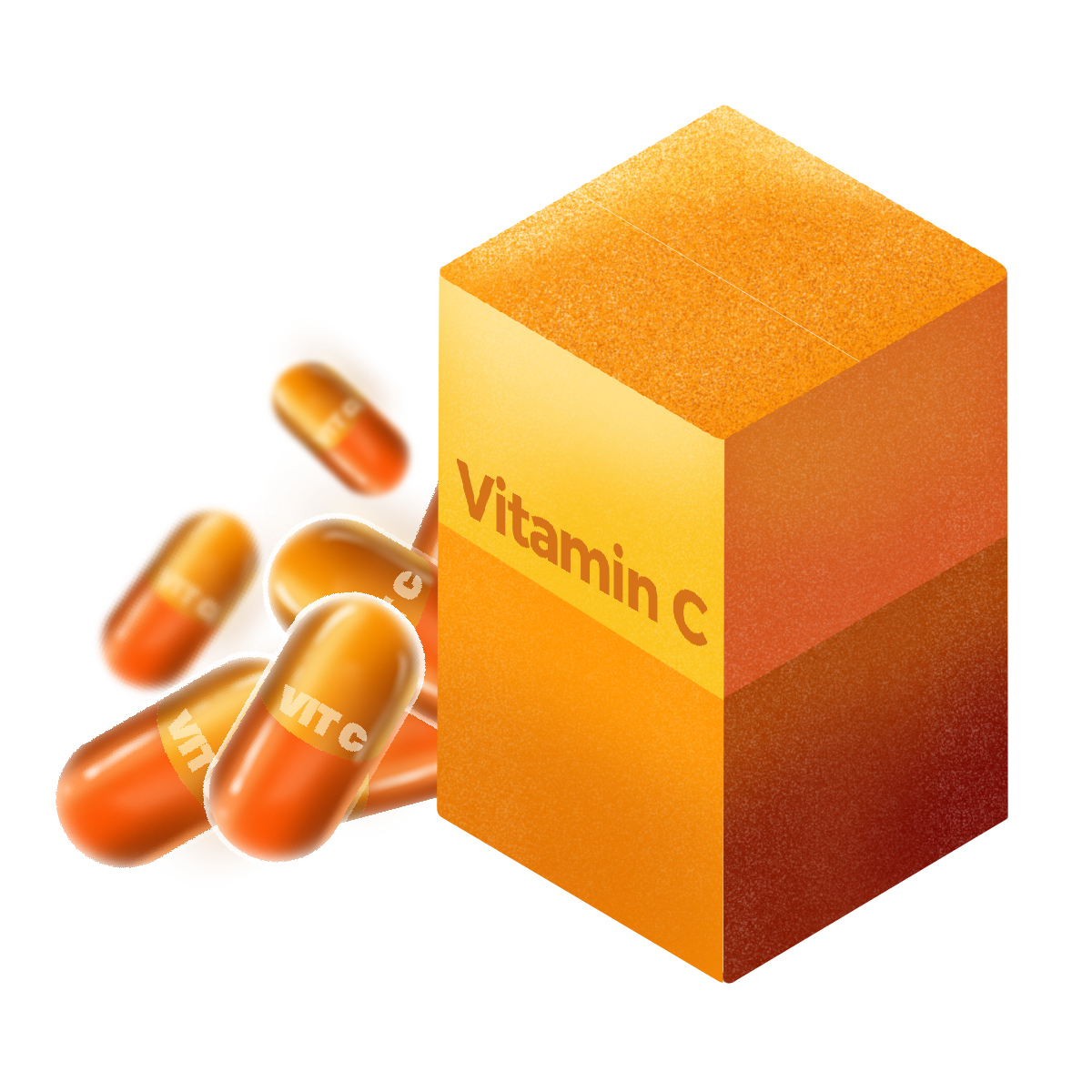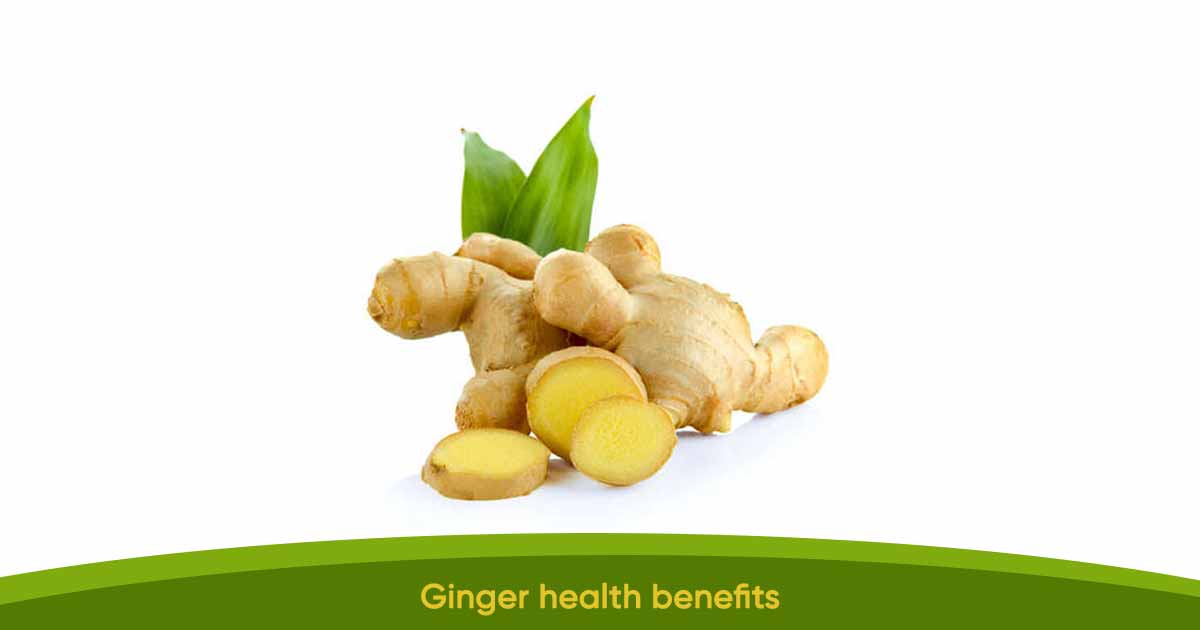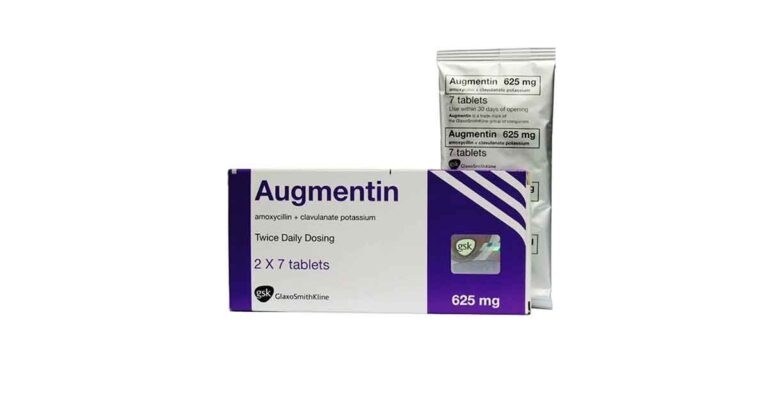Vitamin C, also called ascorbic acid, is an effervescent tablet indicated for the treatment of scurvy. It is a water-soluble vitamin and has antioxidant properties just like vitamin E. Before we talk about whether to choose white vitamin C or orange vitamin C, we will try to explain it.
Vitamin C is not generated in the body but can be readily gotten from citrus fruit such as orange juice, grapefruit, lemon, strawberry, tomato juice, potatoes, red pepper, green pepper, broccoli, kiwi fruit, cantaloupe, and blackcurrant.
Collagen, amino acid, hormones, bone, blood vessels, and neurotransmitter formation is a major function of vitamin C. Lack of vitamin C will reduce collagen synthesis, leading to scurvy. Vitamin C also boosts the immune system and helps the absorption of non-heme iron.
It also treats common cold and helps in wound healing.
Non-heme iron is found in plant-based food like vegetables, fruits, and grains, animal products such as milk, eggs. Animal meat has both heme and non-heme. Non-heme iron tends to be more difficult for the body to absorb.
Recently, vitamin C has also been used in the formulation of skin-care products because of its collagen formation property. This imbibes them with anti-aging and skin moisturizing properties. However, vitamin C is highly unstable due to oxidation.
Between White Vitamin C and Orange Vitamin C
There is no difference between the white vitamin C or orange-colored vitamin C. The main constituent (Ascorbic acid) is the same. The only difference is that the colored vitamin C has an added amount of sweetener, flavor, and colorant.
This is to encourage compliance among mostly pediatric patients. It can easily be chewed or licked. It also has pleasant colors, smells, and tastes. The white vitamin C is the opposite. It has less sugar and does not taste nice. Children do not like it because it has an unpleasant acidic taste.













you are welcome